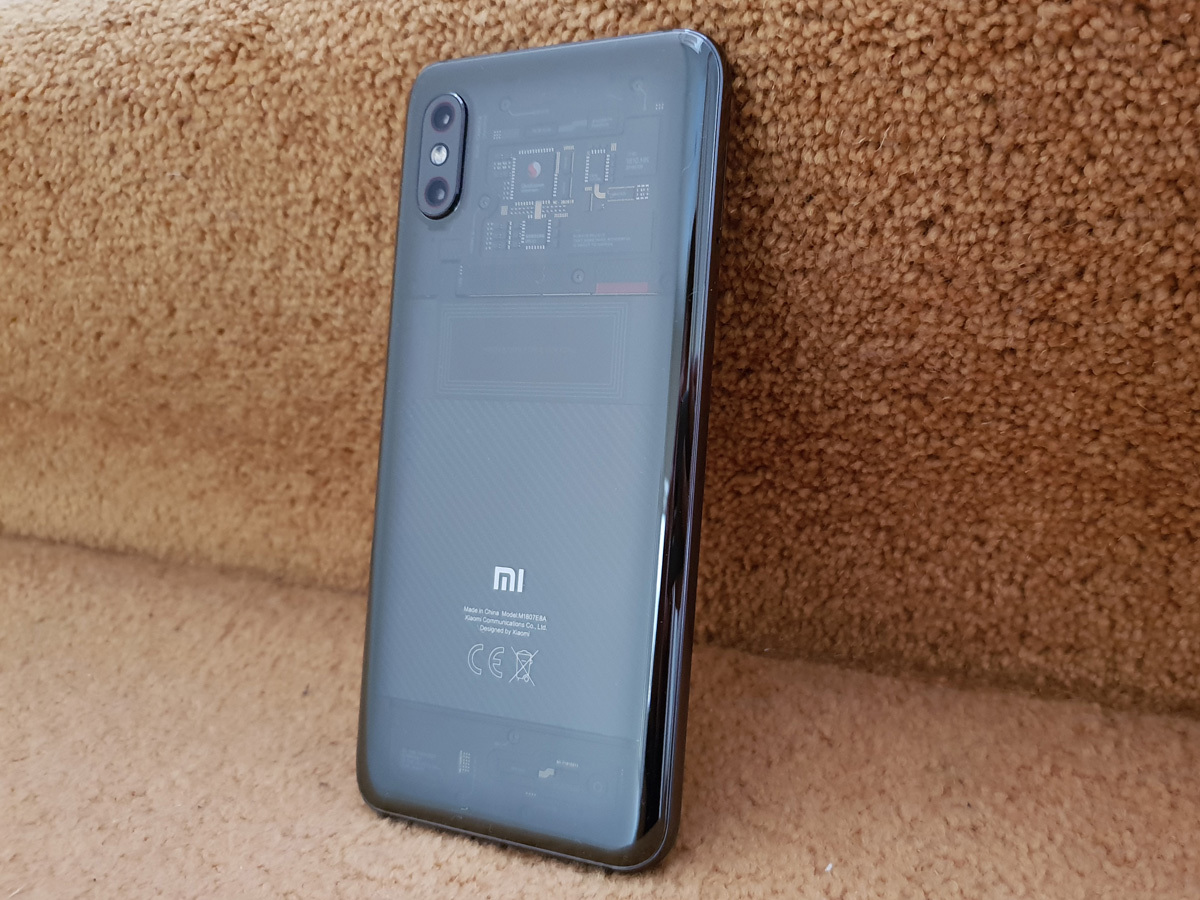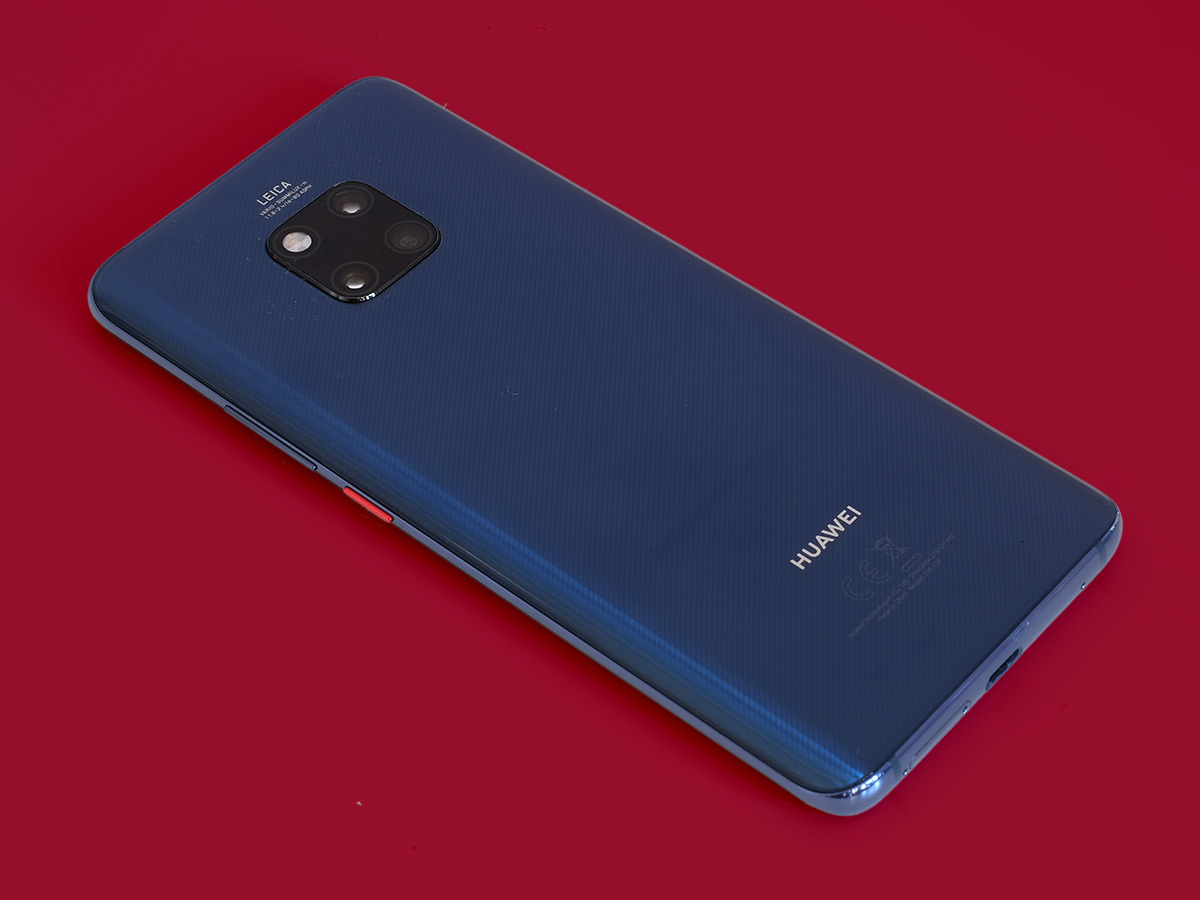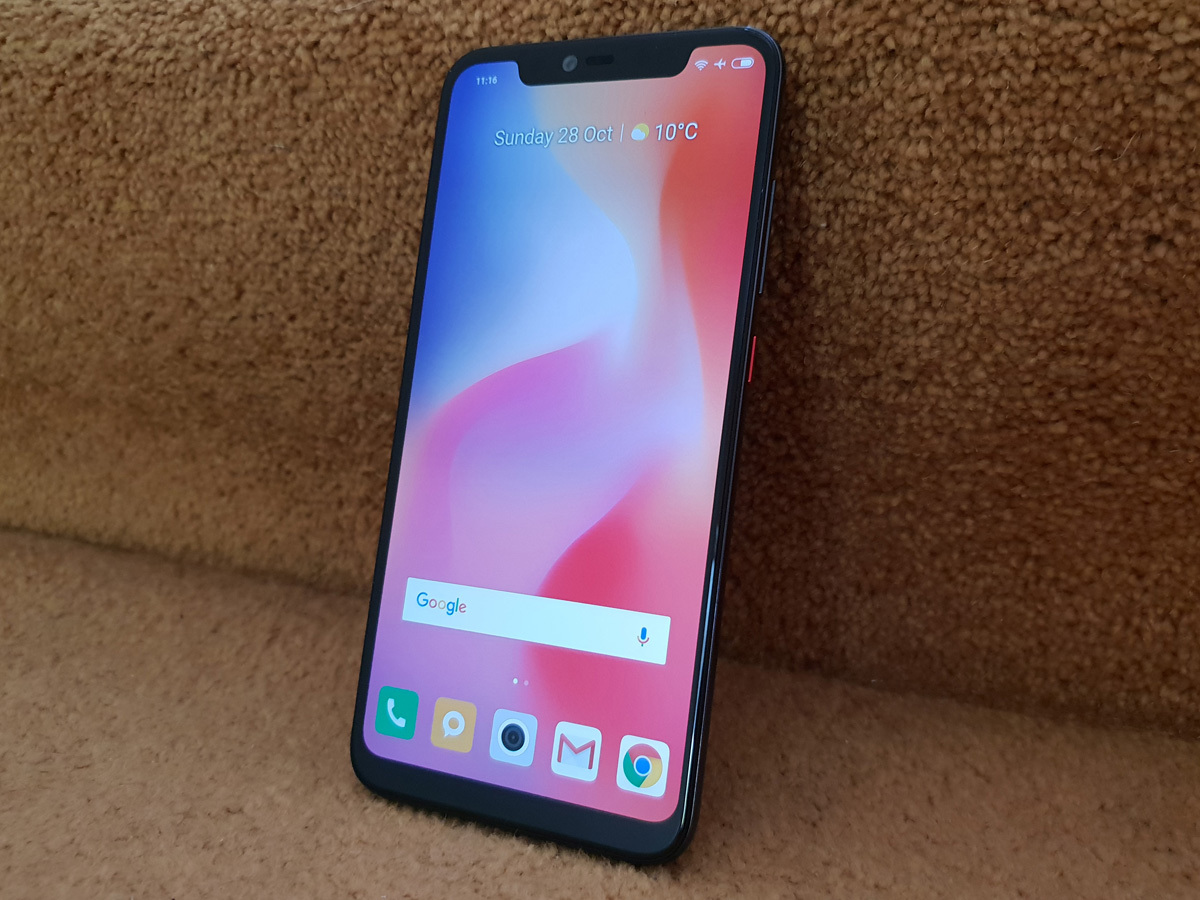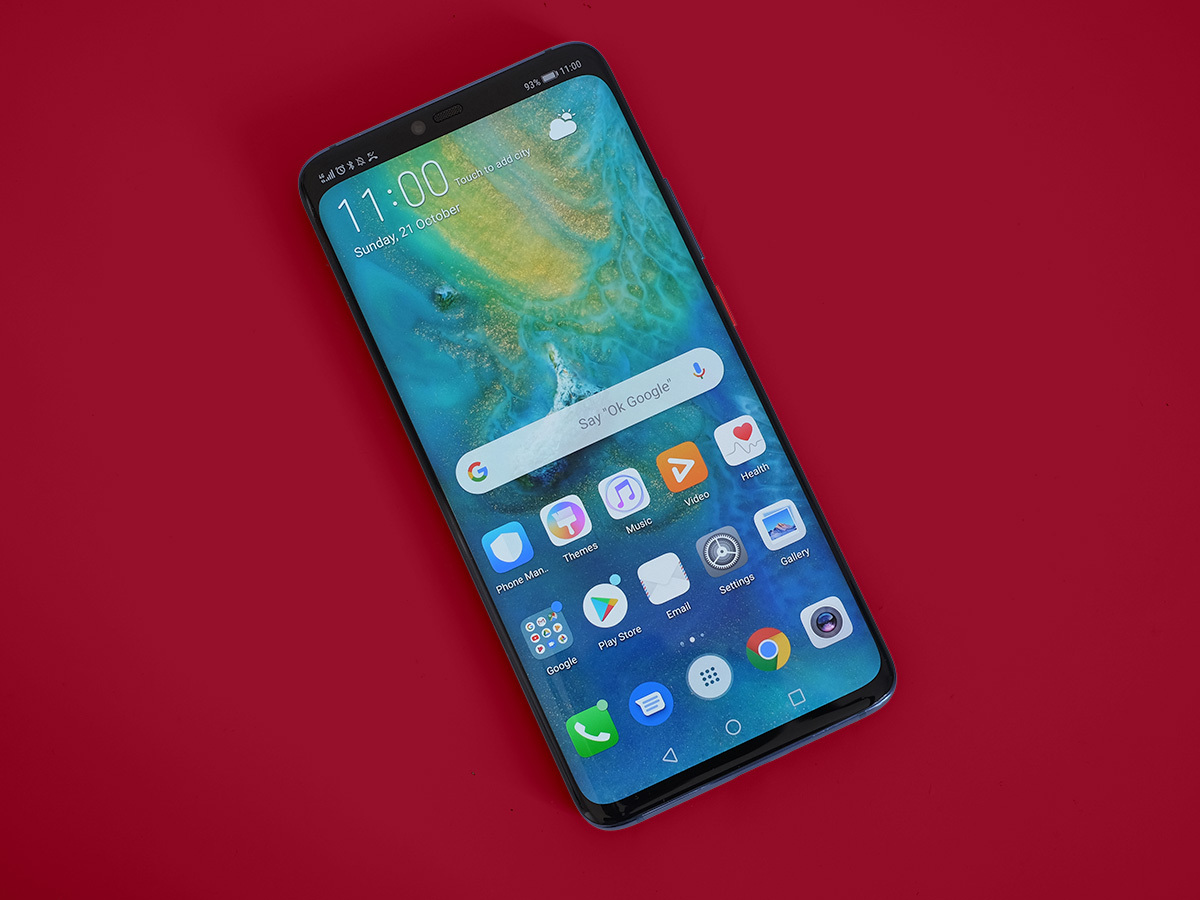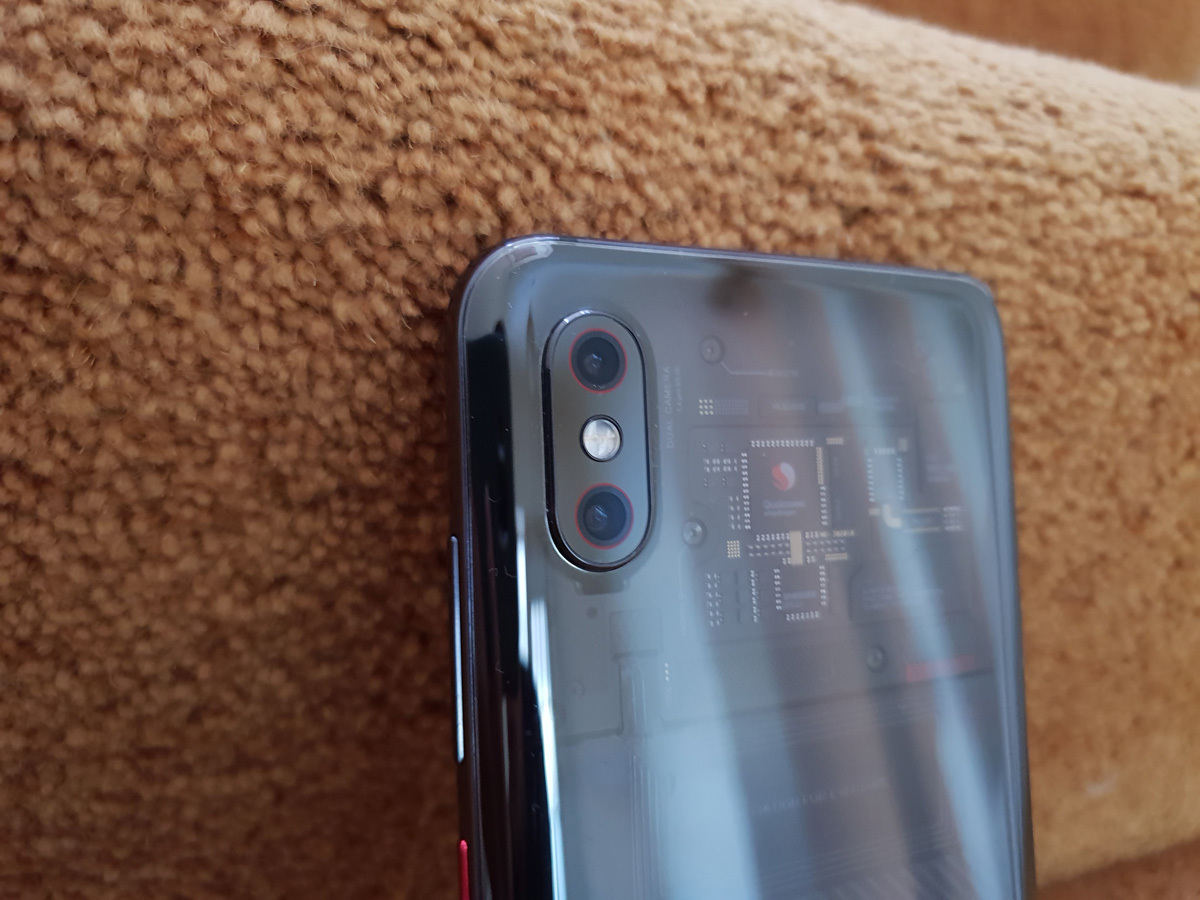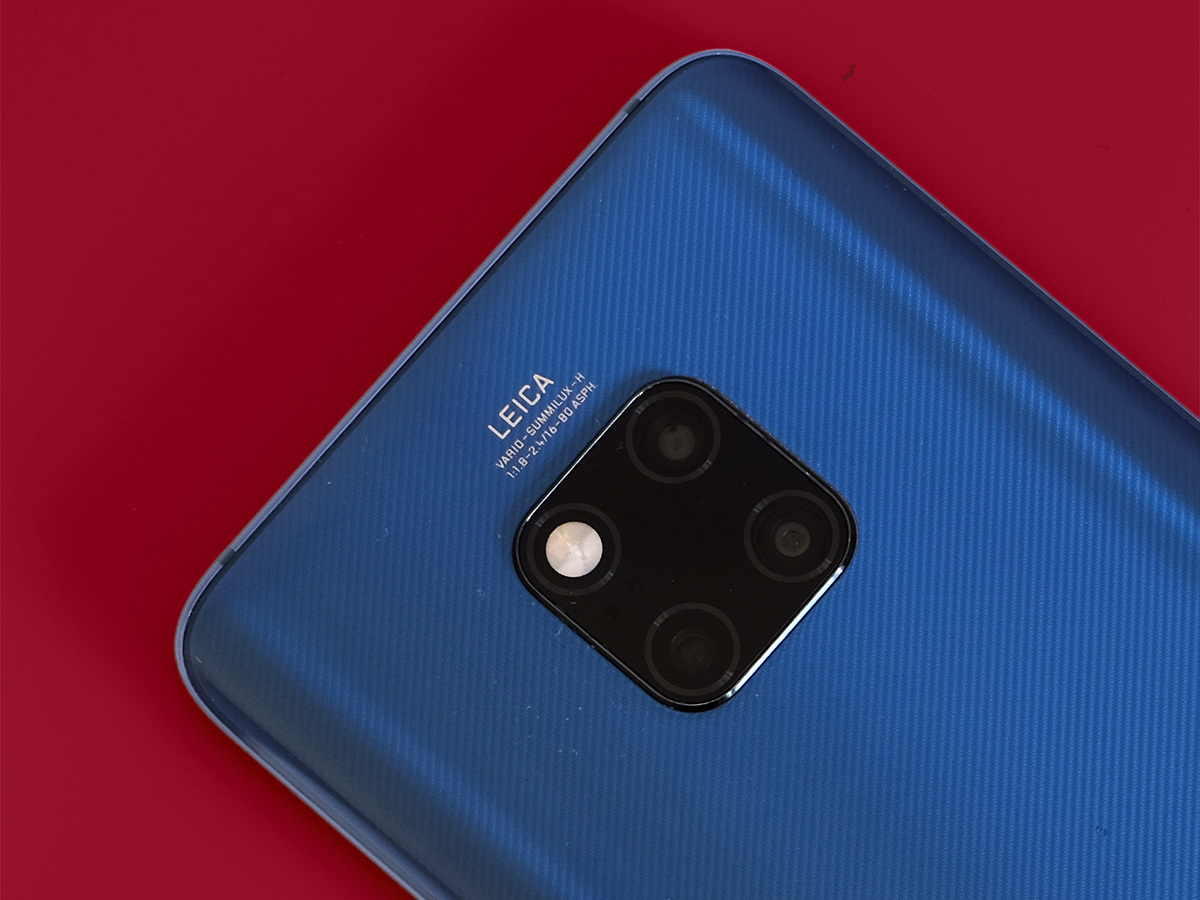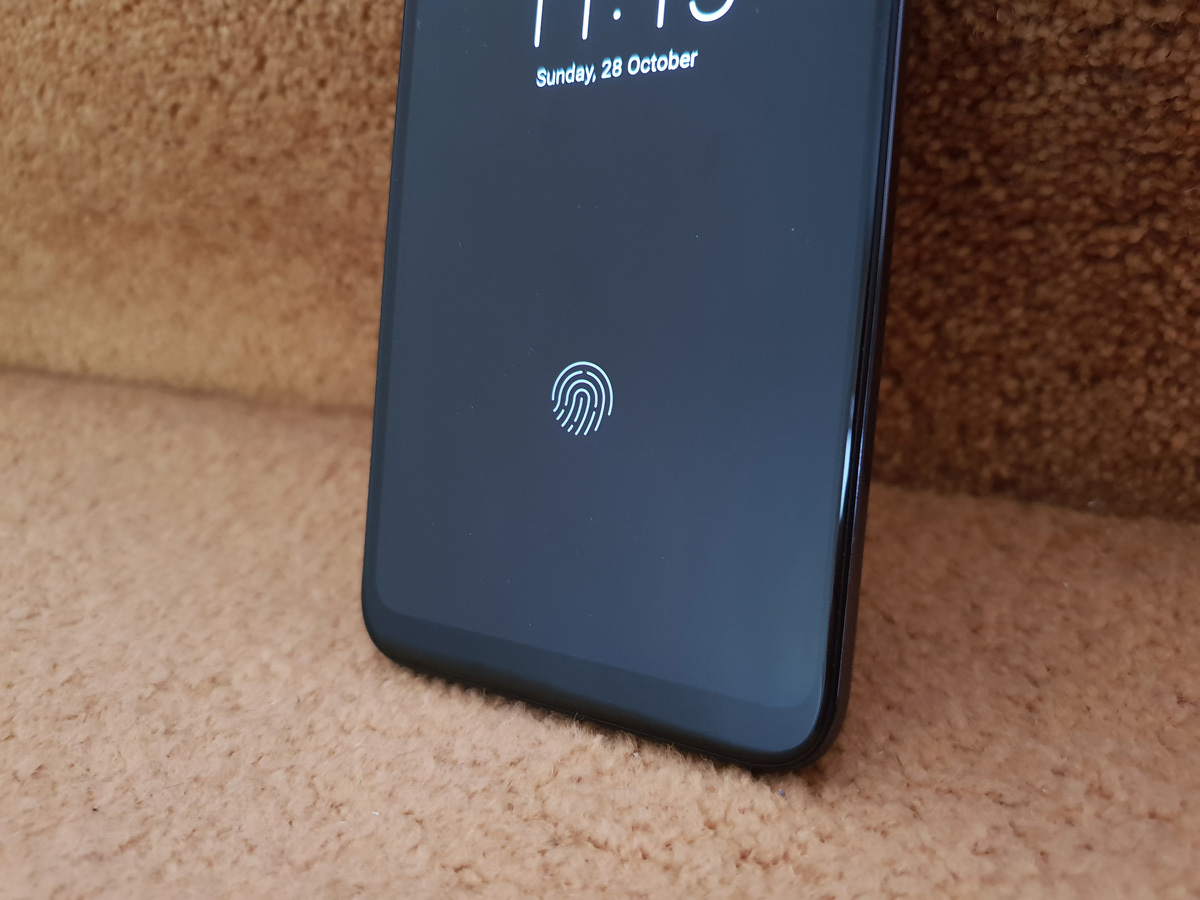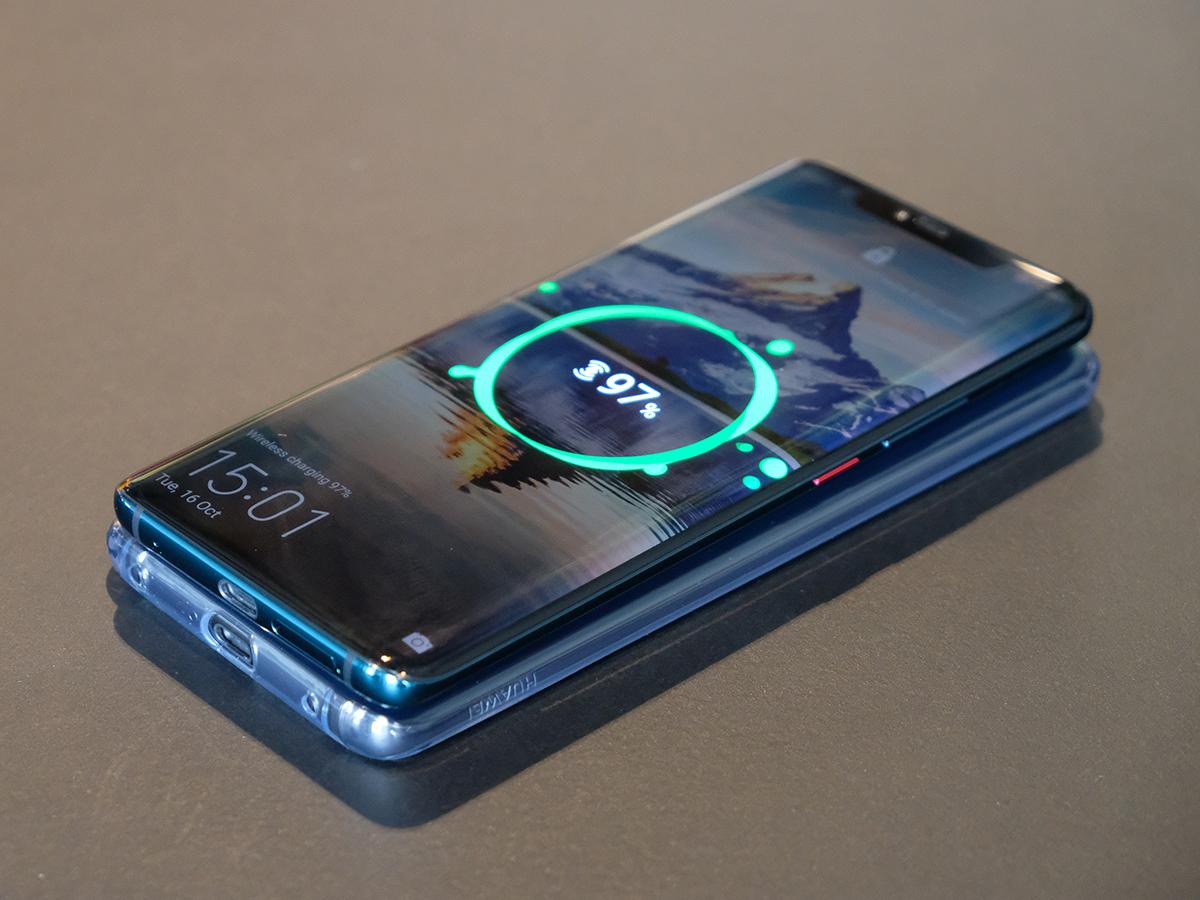Xiaomi Mi 8 Pro vs Huawei Mate 20 Pro: Which is best?
Which Pro should you trust with your money?
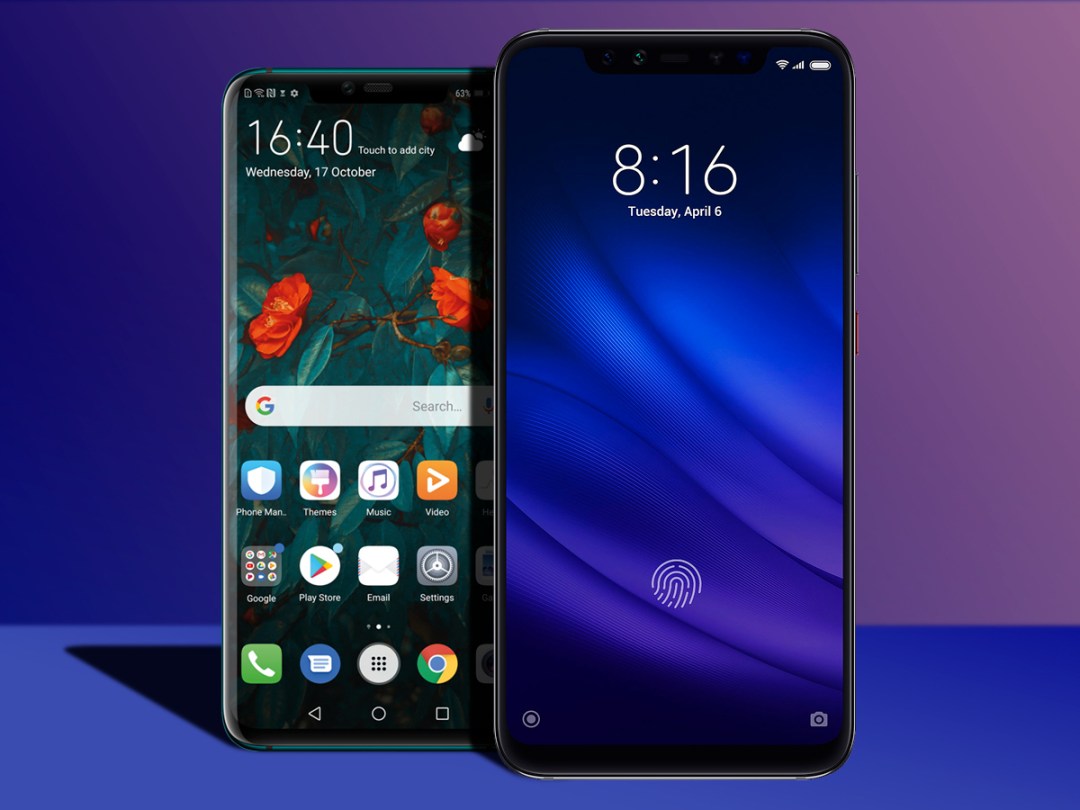
Huawei’s Mate 20 Pro was recently crowned our new favourite smartphone in the world, replacing the P20 Pro – but it can only keep that spot if it defends the throne against all comers.
One of those is Xiaomi’s Mi 8 Pro. After a couple years as an import option for true smartphone aficionados, the Chinese giant is finally making a push in the UK, and the Mi 8 Pro leads the charge. This big, beautiful phone nicks some clear influence from the Apple iPhone X, but at half the price and without losing all of the perks in the process.
But the Mate 20 Pro might be the most perk-packed handset on the market today, with top-end tech throughout and smashing design to match. Which should you buy? Let’s run through this battle.
Design: Sumptuous rears
Both the Huawei Mate 20 Pro and Xiaomi Mi 8 Pro probably don’t exist in a world without the iPhone X. Both have the huge notch atop the screen, which houses the same kind of infrared tech to enable secure facial scanning (with a major caveat on the Mi 8 Pro; keep reading), along with minimal bezel elsewhere on the front.
The Mate 20 Pro has more curviness to it, blending in a bit of Samsung Galaxy S9 influence atop the Apple-like core, plus the bottom "chin" bezel is a bit smaller than what Xiaomi has on offer here.
Flip to the back, however, and both of these phones have fantastic visual options. The Mi 8 Pro comes in a version with translucent backing, letting you see the chips inside… although we have a hunch that it’s just for show. (Even so, it’s very cool.)
Meanwhile, the Mate 20 Pro has a version of the brilliant Twilight gradient colour from the P20 Pro, along with lightly etched glass versions to provide a unique feeling on your fingers. Your pick on which is more alluring, but overall they’re both distinctive.
Still, there’s a notable edge with the Mate 20 Pro: an IP68 rating for water and dust resistance, while the Mi 8 Pro skipped out on an IP rating. It might still pack some water resistance, but nothing’s promised or guaranteed should you drop your handset in a puddle. Yeesh.
Verdict: Huawei Mate 20 Pro
Screen: Clear differences
These are both strong screens, but the Mate 20 Pro has the edge. On the Mi 8 Pro, you’ll find a 6.2in 1080p OLED panel, which is bright and beautiful with deep blacks and impressive contrast. It has HDR support and is sourced from Samsung, so you know it’ll look great.
But the Mate 20 Pro’s OLED goes a fair bit sharper at Quad HD resolution while also going slightly larger at 6.39in. The Mi 8 Pro’s screen is no slouch, but Huawei’s display here is one of the best you’ll find on a smartphone today.
Both of these phones also pack an in-display fingerprint sensor, leading the charge (alongside the OnePlus 6T) for a feature we’re sure to see in a load of phones in 2019. It works impressively well on both handsets.
Verdict: Huawei Mate 20 Pro
Also Read › Xiaomi Mi 8 Pro review
Camera: The best is the best
You can put literally any smartphone camera on the market up against the Mate 20 Pro and we’d still give the verdict to Huawei. Is the Mi 8 Pro the phone to turn that tide? No, it’s not.
But it’s still pretty impressive. With two 12-megapixel snappers on the back, it’s largely matching Apple’s iPhone X/XS models on specs, albeit with the secondary sensor losing phase detect autofocus and optical image stabilisation. We consistently pulled excellent detail, low noise, and loads of contrast, with pretty reliable exposure.
Granted, the HDR effects can be a bit overcooked and photos are sometimes too vibrant and don’t have the more natural look of those from the iPhone XS or Google Pixel 3. But there’s still a whole lot to like here.
The Mate 20 Pro, however, is the gold standard for smartphone shooting right now. Building off of the triple-camera setup of the P20 Pro, it has a 40MP main camera, a 20MP ultra-wide angle camera, and an 8MP telephoto camera, delivering excellent results in the daytime along with shockingly good nighttime shots.
And like the P20 Pro, it has fantastic 3x optical zoom and 5x hybrid zoom, letting you snag strong detail from faraway sights. Is three cameras overkill? Not when you get quality and features like this, no.
On the front, as mentioned, both of these phones have the built-in tech to do 3D facial scanning for security and more, and the Mate 20 Pro works quite well in this regard. As for the Mi 8 Pro… well, we have no clue. Our review unit didn’t have the feature baked in, and Xiaomi’s website suggests that it will come via an update. That’s a strange, strange launch omission.
Verdict: Huawei Mate 20 Pro
Performance: Plenty powerful
The Mate 20 Pro uses Huawei’s new Kirin 980 chip, which is built with a 7nm production process and delivers pretty epic performance. Of course, everything is plenty speedy in day-to-day usage. Meanwhile, the Mi 8 Pro uses the Qualcomm Snapdragon 845 flagship chip seen in a lot of other Android phones this year. It’s also very fast.
Benchmark tests suggest a strong edge for the Kirin 980, however. Phone Arena’s testing between the Mate 20 Pro and a handful of other Snapdragon 845-toting phones (like the Google Pixel 3 XL and Sony Xperia XZ3) shows a clear advantage in every single test.
In everyday use, they’re certainly close enough. You might struggle to tell a difference. But the Mate 20 Pro simply has more raw power on hand, if it’s needed.
Verdict: Huawei Mate 20 Pro
Also Read › Huawei Mate 20 Pro review
Battery and perks: More with Mate
When it comes to battery life, the Mi 8 Pro is a pretty typical all-day flagship: its 3,000mAh cell should get you to bedtime, unless you really push hard with games or streaming media. In that case, bring a cable for a top-up, because Xiaomi’s phone doesn’t have wireless charging.
On the other hand, Huawei’s huge 4,200mAh cell can easily push you into a second day of usage, or withstand a heavy day spent staring at your screen. And it does have wireless charging. Not only that, but the phone can charge other wirelessly-chargeable phones slapped onto its back. That’s pretty wild.
Both phones ship with 128GB of internal storage, which might be plenty for most users – but only the Mate 20 Pro allows expandability via Huawei’s new Nano Memory Card format. The Mi 8 Pro doesn’t have anything like that.
Verdict: Huawei Mate 20 Pro
Verdict: Your best Mate
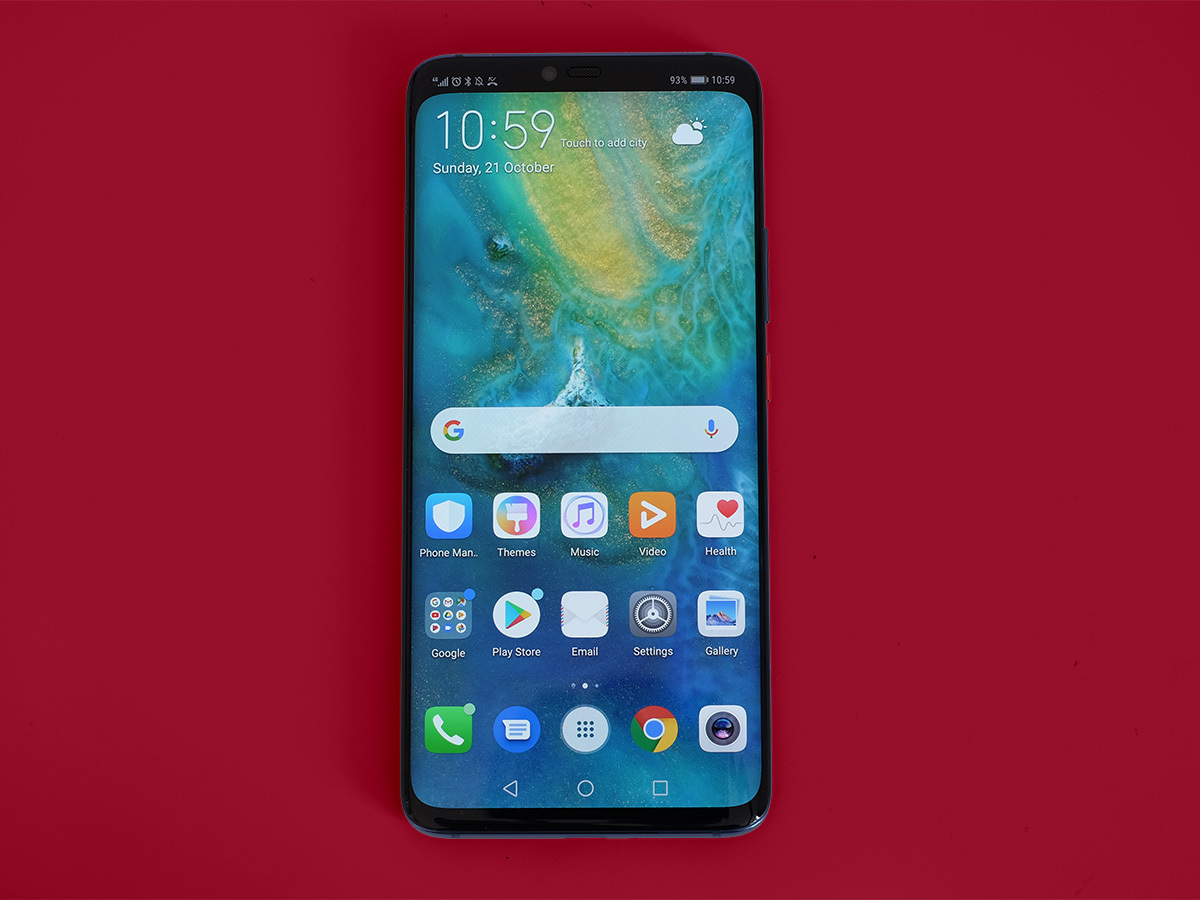
These are similar phones in key ways, but they ultimately provide pretty different overall experiences due to the many, many added perks of the Mate 20 Pro.
The Mate is a super-phone, through and through. It has the best camera setup on the market, one of the best screens today, a brilliant design, a massive battery, and expandable storage. Honestly, it’s a slam dunk through and through. But it’s a £899 slam dunk, and your wallet will feel every bit of it even as you’re happily wielding one of the best phones on the planet.
We wouldn’t call the Xiaomi Mi 8 Pro one of the best on the planet, but at a much-reduced price point of £499, it’s still a darn fine handset. The design has appeal, the screen is great, the camera setup is often excellent, and it has plenty of power.
For £499, we’d rather point you towards the OnePlus 6T, which is very comparable on a lot of specs but has a better UI and more alluring design. But if you’re seeking the best of the best regardless of price tag, it’s the Mate 20 Pro, no doubt.
Winner: Huawei Mate 20 Pro
